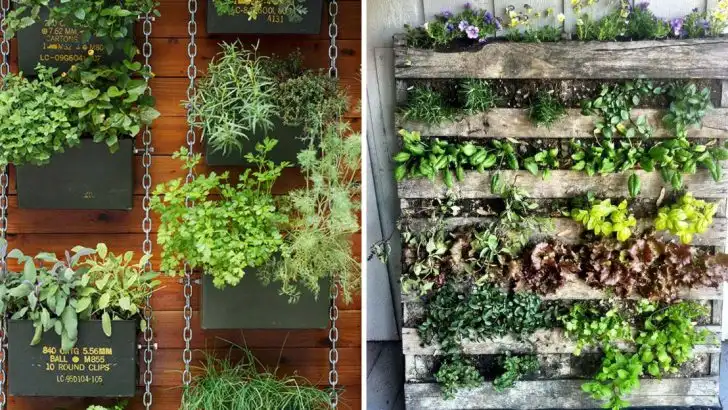Gardening trends come and go, and some definitely should’ve stayed in the Pinterest board. From overly complicated setups to plants that sound great on paper but fall flat in real life, the last few years have been packed with ideas that looked amazing in photos but didn’t quite work out in practice.
It’s not that all trends are bad—some genuinely make gardening easier or more enjoyable. But others? They’re more about aesthetics or hype than actual usefulness. Here’s a rundown of the 15 most overhyped gardening trends from the past five years—the ones that made a splash, took over your feed, and maybe weren’t worth the effort.
Vertical Gardens
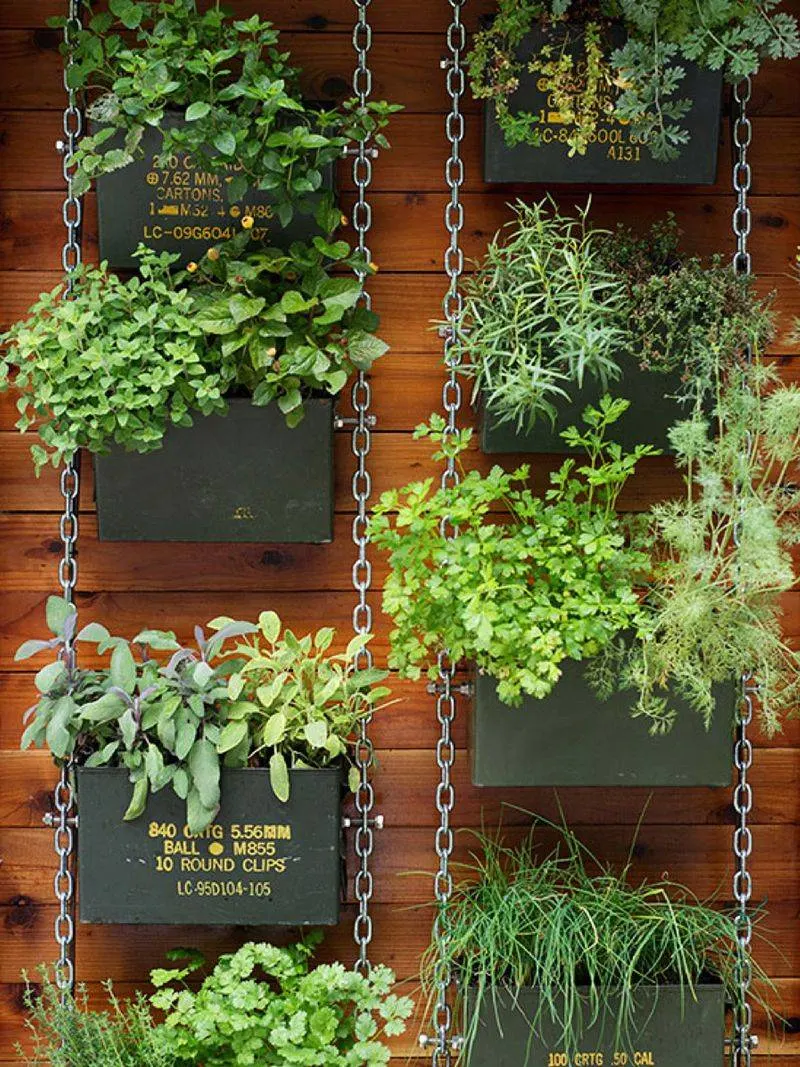
Vertical gardens promised to transform urban spaces into green oases. With walls of vibrant plants, they certainly look stunning. Yet, many gardeners discovered the maintenance is daunting. The need for constant watering and specialized soil often outweighs the aesthetic appeal.
Moreover, not all plants thrive in vertical settings. Choosing the right species becomes crucial, sometimes limiting creativity. Despite the hype, vertical gardens might be more work than they’re worth. If you’re not deterred, consider starting small to gauge the effort involved.
Fairy Gardens
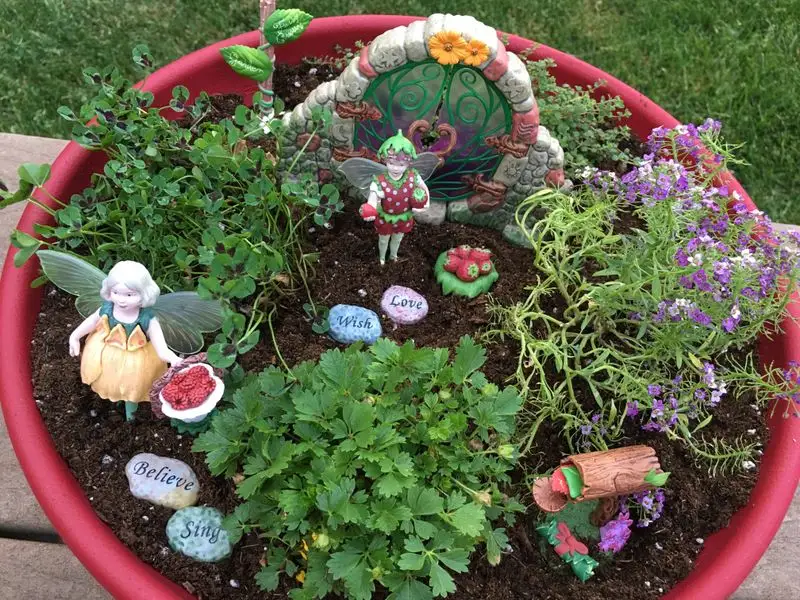
Fairy gardens enchant with their magical miniatures, beckoning gardeners into a world of tiny homes and whimsical landscapes. However, creating these miniature worlds involves meticulous crafting and patience.
The excitement of assembling tiny structures and plants often fades due to the delicate maintenance required. Weather elements can easily disrupt these petite landscapes. While they’re charming in concept, fairy gardens may not be the enduring joy many anticipate. For those undeterred, they can be a delightful project with the right weather protection.
Microgreens
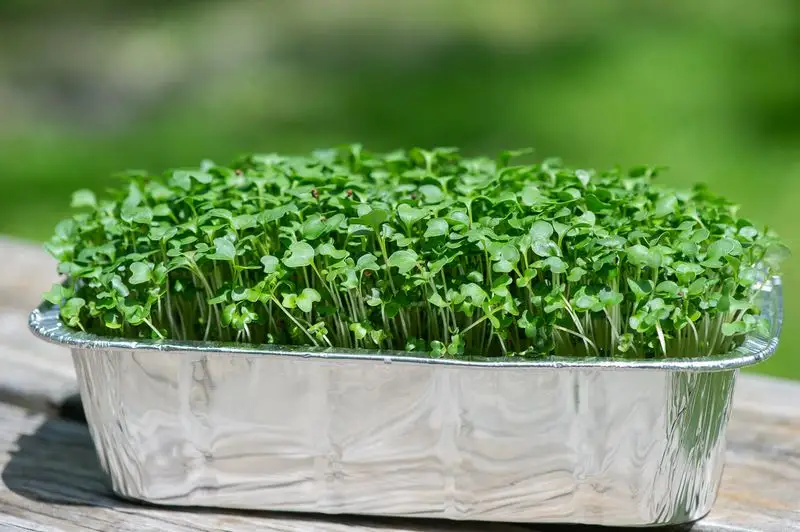
Microgreens burst onto the scene as a quick, nutritious addition to meals. They’re touted for their rapid growth and flavor punch. However, the reality of growing microgreens can be less appealing. Consistent light, moisture, and space are essential, often complicating small kitchen setups.
Moreover, their short shelf life means frequent planting, which can become tiresome. While initially exciting, the effort required may not justify the small harvest. Microgreens remain a trendy idea, but they demand dedication for continuous success.
Plant Swaps

Plant swaps emerged as a social trend, connecting plant enthusiasts eager to trade their greens. The idea is simple: exchange one plant for another, diversifying your collection. Yet, these events sometimes fall short of expectations.
The availability of common rather than rare plants can disappoint seasoned gardeners. Additionally, the risk of acquiring pests or plant diseases can be a concern. While plant swaps foster community, they might not always offer the exotic finds many desire. Approach with a sense of connection, rather than discovery.
Self-Watering Planters

Self-watering planters promise the ease of watering without the hassle. They sound like a dream, especially for busy gardeners. However, the reality can differ. These planters often require precise setup and understanding of each plant’s moisture needs.
Miscalculations can lead to root rot or dehydration. Meanwhile, the initial cost of these planters might not justify their benefits for all. While they appeal to tech-savvy gardeners, they require a learning curve to use effectively. Experimenting with a few before fully committing might be wise.
Rare Exotic Plants
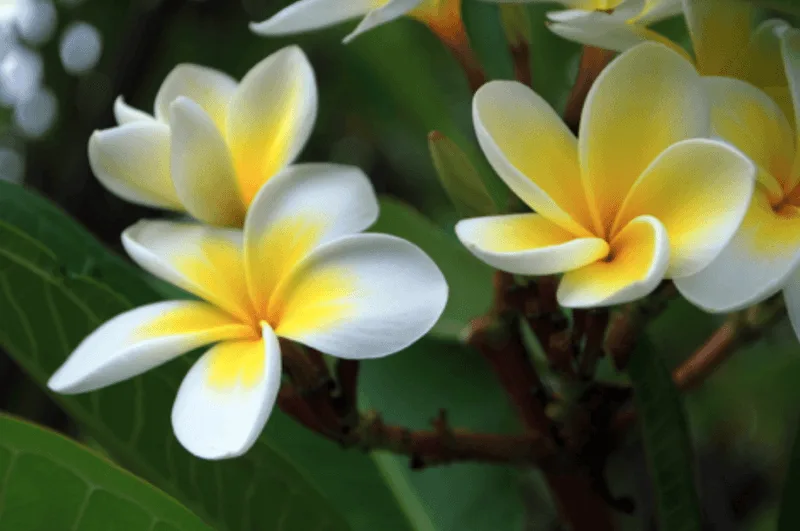
The allure of rare exotic plants is undeniable. These botanical treasures captivate with unique foliage and striking colors. Yet, their rarity often comes with a hefty price tag and demanding care requirements.
Many gardeners find the challenge of mimicking their native habitats daunting. Moreover, rare plants can be vulnerable to pests and diseases unfamiliar to local gardeners. While the prestige of owning such plants is tempting, the effort and expense might outweigh the benefits. Consider the commitment carefully before investing.
Indoor Orchids

Orchids have long been associated with elegance and beauty, and their indoor appeal has surged. These exotic beauties promise stunning blooms and a sense of sophistication. Yet, caring for orchids indoors can be challenging.
They require specific humidity, light, and temperature conditions, often elusive in typical home settings. Orchids can be sensitive to overwatering and pests, demanding constant vigilance. While their allure is strong, maintaining indoor orchids might prove more demanding than anticipated. For those willing to learn, orchids can be rewarding companions.
Pallet Gardens
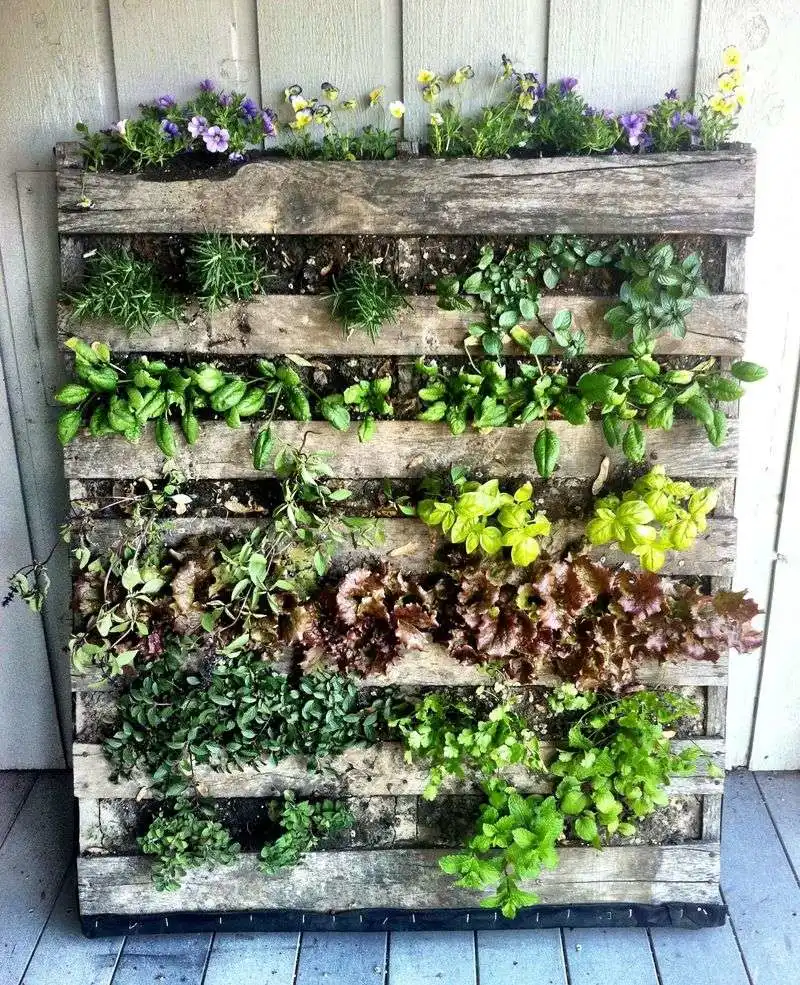
Pallet gardens inspire with their rustic charm, turning simple wooden pallets into thriving plant displays. The appeal lies in their accessibility and aesthetic. However, the reality can be challenging for some.
Ensuring the pallets are safe for plants involves more than just aesthetics; harmful chemicals can linger in the wood. The limited soil space can also restrict plant growth, making maintenance tricky. While pallet gardens offer a creative outlet, they demand careful planning and execution. Start small to avoid overwhelming yourself with upkeep.
Gardening Subscription Boxes
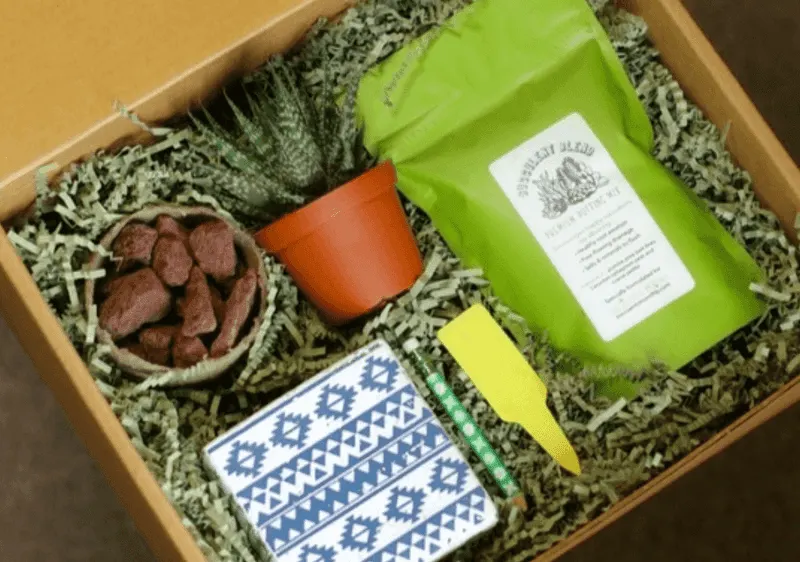
Gardening subscription boxes burst onto the scene, promising monthly surprises of seeds, tools, and inspiration. The concept is exciting for novice and seasoned gardeners alike. Yet, these boxes can sometimes underwhelm.
The contents may not always align with seasonal planting needs or personal preferences, leading to disappointment. Additionally, the cumulative cost might exceed the value of individual items. While they offer a delightful surprise, the practicality and value can vary. Consider your gardening goals before subscribing.
Succulent Collecting
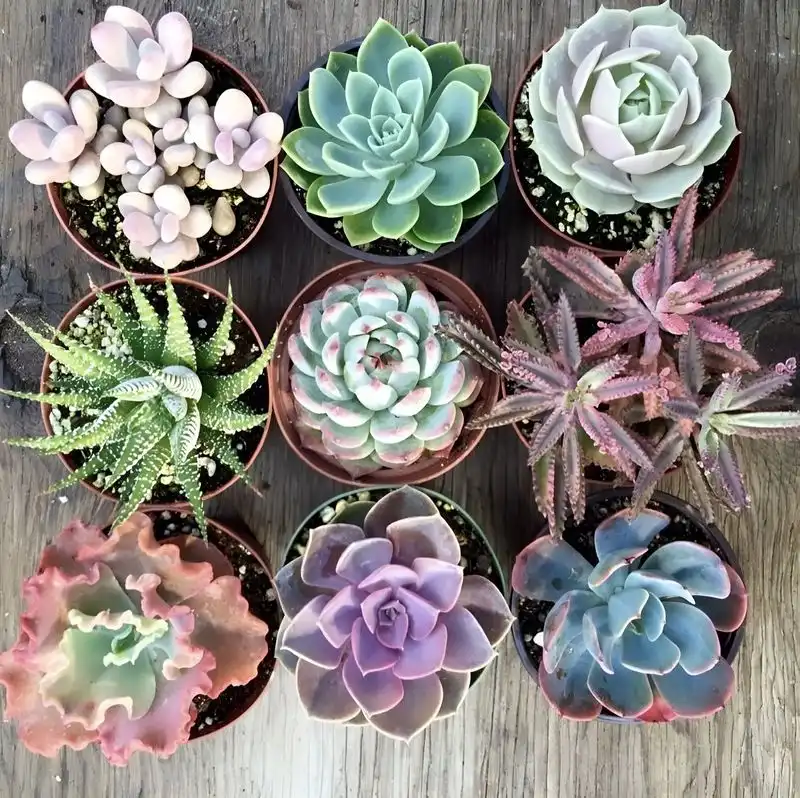
Succulents gained popularity for their low-maintenance reputation and diverse appearances. They seem like the perfect starter plant. However, the reality of succulent care can be deceptive.
While they require less water, they still need specific light conditions and well-draining soil to thrive. Overwatering is a common mistake that can lead to rot. Collecting unique varieties can become an expensive hobby. Though succulents are trendy, they demand attention to detail for success. Approach with knowledge and patience for the best results.
Cactus Decor
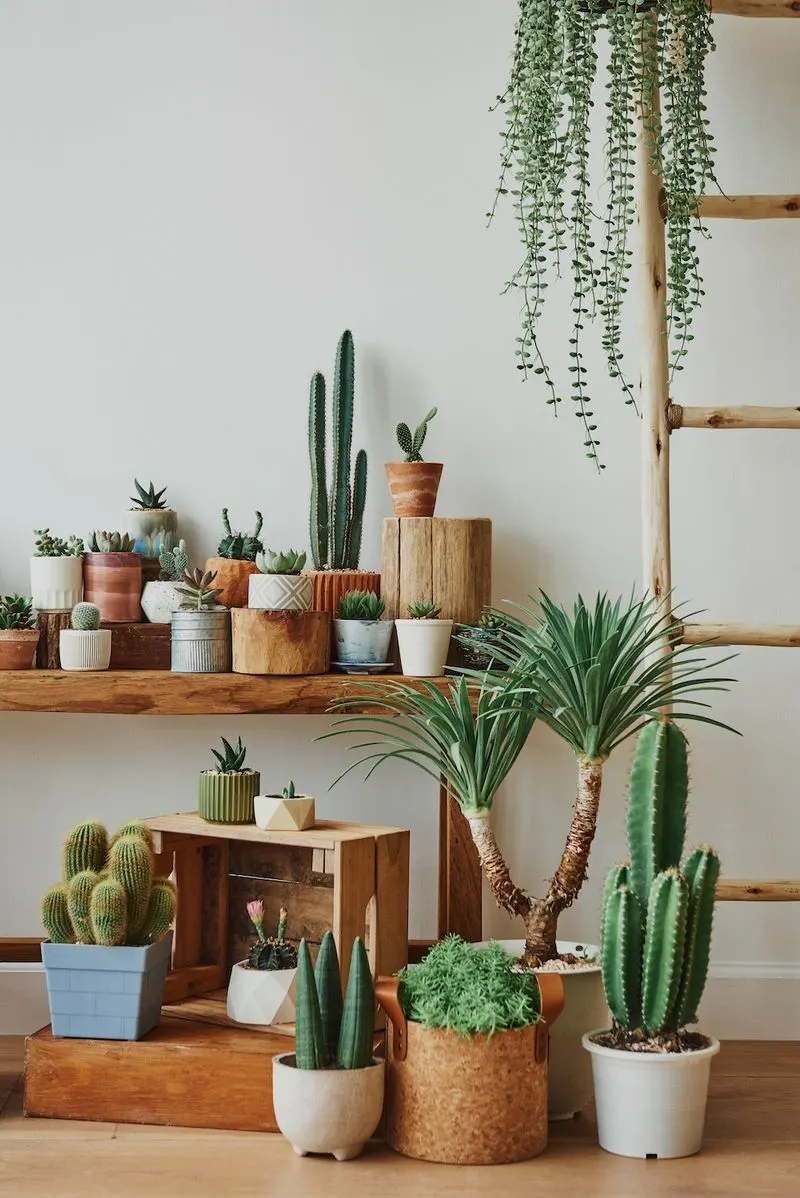
Cacti have become a staple in modern decor, praised for their resilience and unique forms. They’re celebrated as low-maintenance additions to homes. However, the reality can be prickly.
Cacti need precise conditions to thrive, including ample sunlight and proper soil. Overwatering is a frequent issue, often leading to root problems. Their popularity means prices have surged, sometimes without the expected longevity. While cacti offer a trendy aesthetic, they require understanding to flourish. Ensure your home environment suits their needs before committing.
Aquatic Plants
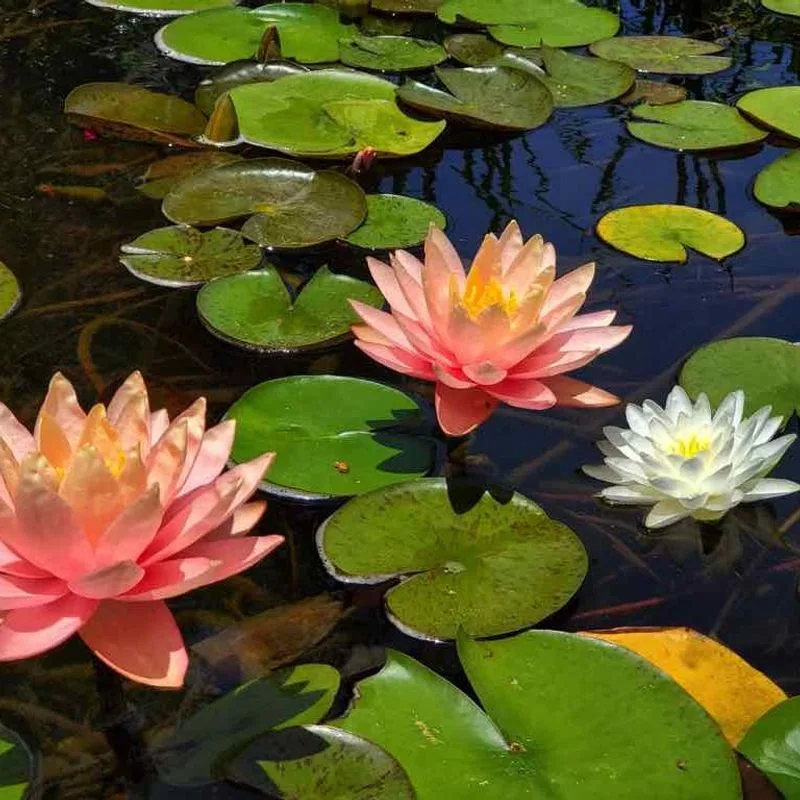
Aquatic plants enchant with their underwater elegance, offering a unique twist to traditional gardening. They promise a lush, serene ambiance in aquariums or ponds. Yet, their care can be complex.
Maintaining the right water conditions, light, and nutrients requires regular attention and expertise. Algae growth can also become a persistent issue. While aquatic plants add a distinctive flair, their upkeep may deter novice gardeners. If intrigued, start with hardy varieties and gradually expand your collection.
DIY Hydroponics
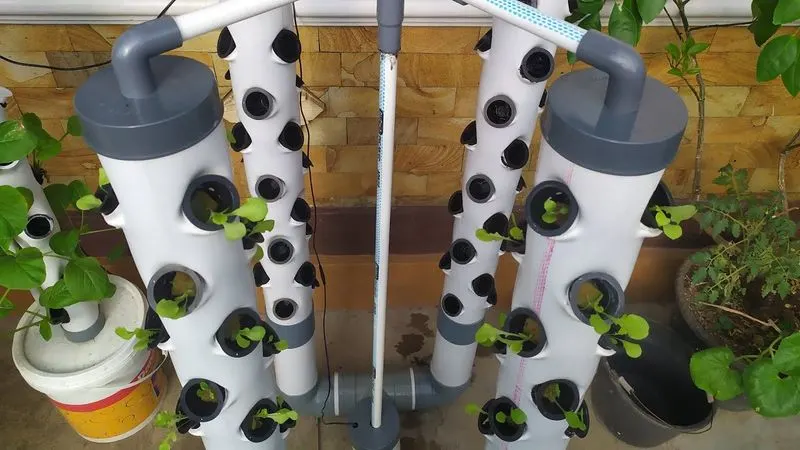
DIY hydroponics promises fresh produce without the need for soil. It’s an intriguing concept for urban gardeners. However, the setup and maintenance can be daunting.
Understanding nutrient solutions and system components requires effort and precision. Initial costs can also exceed expectations, particularly if challenges arise. While hydroponics offers a fascinating method of growing, it might not suit everyone. Consider starting with small, simple systems to test your interest and capability.
Native Plant Gardens

Native plant gardens have gained traction for their ecological benefits and low maintenance. They celebrate local flora and support wildlife. However, even these seemingly easy gardens come with challenges.
Selecting authentic native species requires research, and sourcing can be difficult. Additionally, garden aesthetics might not meet everyone’s expectations, as native plants can look unruly. While they contribute positively to the environment, native gardens need thoughtful planning. For those committed, the rewards include supporting biodiversity and sustainability.
Guerilla Gardening
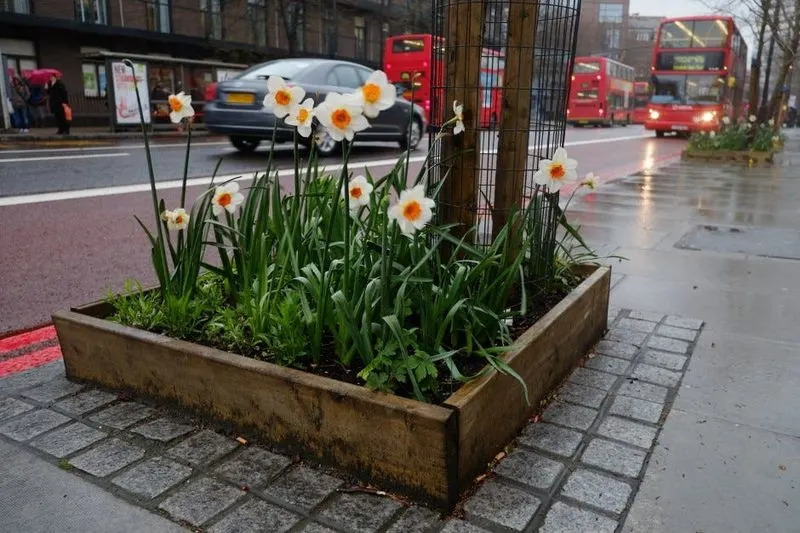
Guerilla gardening captures the imagination, transforming neglected urban spaces into vibrant green areas. It’s a rebellious act of beautification. However, this trend faces hurdles and isn’t always feasible.
Legal challenges and ongoing maintenance can make guerilla efforts short-lived. Additionally, not all spaces are suitable for planting, leading to potential failures. While the spirit of guerrilla gardening is inspiring, practical execution might not match the dream. If you’re passionate, collaborate with local groups for a more sustainable impact.

